

Search data from NASA’s Kepler spacecraft for the dips in star light intensity caused by exoplanets – planets that orbit stars other than the Sun. As these exoplanets pass between the star and ...
READ MORE
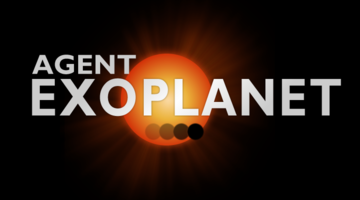
Help astronomers at Las Cumbres Observatory, California, study exoplanets – planets that orbit stars other than our Sun. Do this by interpreting images taken by their telescopes in Hawaii ...
READ MORE
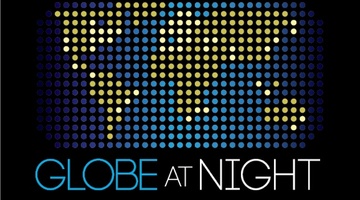
Globe at Night is an international citizen science campaign to raise public awareness of the impact of light pollution by inviting citizen scientists to measure and submit their night sky ...
READ MORE

Communications satellites are used to send and receive radio signals for television, phone or internet communications. Large concave reflectors called satellite dishes are normally used to send ...
READ MORE

Stars like our Sun are made of ionised gas known as plasma. In fact, space is dominated by plasma – space scientists (astrophysicists) believe that about 99% of matter in the universe is plasma ...
READ MORE

Each day, we consciously experience atmospheric weather, driven by radiation from the Sun. In addition, we are mostly unknowingly subjected to space weather driven primarily by streams of ...
READ MORE
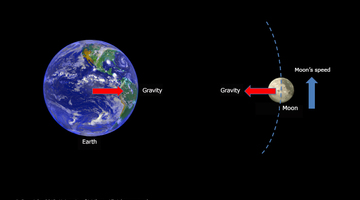
In this activity, students use a simple true or false interactive tool to categorise facts. This activity could be used as a formative activity to gather students prior knowledge and ...
READ MORE
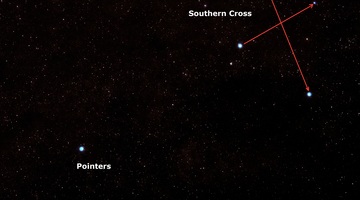
In this activity, students observe how the Moon appears to move across the sky each hour, as well as over several days. They discuss how both the rotation of the Earth as well as the satellite ...
READ MORE
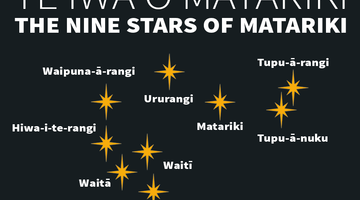
There are nine whetū/stars in the star cluster Matariki. In te ao Māori, each whetū holds dominion over a particular area of wellbeing and the environment. Download Exercise Rights: The ...
READ MORE

Teacher Melissa Coton incorporated online citizen science project Globe at Night as part of a year 5/6 unit on light. Here, she reflects on what she and her students learned. Rights: The ...
READ MORE

This unit plan shows how teacher Melissa Coton extended her year 5/6 students’ learning about light by engaging them in learning about light pollution at night. Rights: Mark Gee, The Art of Night ...
READ MORE

Teacher Matt Boucher incorporated online citizen science projects Planet Hunters and Agent Exoplanet in a year 7/8 unit on light. Here, he reflects on what he and his students learned. Planet ...
READ MORE
Kelvin Barnsdale explains how satellites use radio signals to communicate with ground stations and how satellite dishes are shaped to reflect these signals into a single point. Point of interest: ...
READ MORE
Kelvin Barnsdale shows us a simple homemade aerial that receives signals from an amateur radio satellite. Kelvin uses his laptop to view the satellite images. Point of interest The New Zealand ...
READ MORE
Professor Denis Sullivan, from Victoria University of Wellington, explains the transit method for detecting planets in orbit around stars other than our Sun.
READ MORE
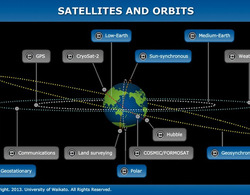
The size, orbit and design of a satellite depend on its purpose. In this interactive, scientists discuss the functions of various satellites and orbits. Accompanying fact files provide ...
READ MORE

Use this interactive graphic organiser to highlight common alternative conceptions about gravity and satellites. Students can place the labels where they think they belong. This activity can be ...
READ MORE
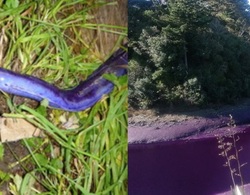
This interactive timeline highlights how students investigating the Oruarangi Stream engaged with the nature of science.
READ MORE